Housing For New Immigrants in Canada
Depending on your budget, expectations, and other circumstances, Canada’s schools can supply or connect you to a variety of both on and off-campus accommodation options.
If you are an international student, the first place to start looking for accommodation is the international students’ office or website of the college or university you are attending.
Main Types of Accommodation
Standard accommodation for international students falls into one of five typical options.
1. Student Residence – Dormitories & Townhouses
Some schools provide student residence on-campus or nearby the campus. Dormitories are usually larger buildings housing many students, while townhouses are detached, housing usually three to six students.
Dormitories have common areas for entertainment, cooking, and exercise, as well as shared bathrooms and shower facilities. These dormitories sleep one or more person per room, and are managed directly by the school. Dormitories are often a suggested housing choice for first-year college and university students.
Townhouses usually contain three to six bedrooms with single occupancy rooms (no roommates) and a main floor containing kitchen and living room area. This style of accommodation is usually reserved for second – fourth-year university students and graduate students.
In both cases, these styles of accommodation may include a nearby cafeteria or food court where you can eat daily, or are situated in close proximity to eating establishments on or off-campus. Both options might include utilities such as heat, hot water, and internet, or offer them at a reduced fee.
2. Off-Campus Shared Apartment or Condominium
Off-campus shared apartments provide students with a single room, in a living space with one or more other roommates. Like townhomes (above) they most often contain a single occupancy bedroom or living space and have a shared kitchen, bathroom, dining, and living room area.
Important: not all schools in Canada can assist in finding you off-campus housing. In these cases, schools may refer you to one or more agencies or expect you to do your own research and connect with the services in the surrounding community.
Rental costs for off-campus housing vary dramatically, especially in the larger cities of Vancouver, Toronto, and Montreal.
3. Host Family/Homestay
Living with a host family can provide you with a sense of home and security as you start your new life in Canada. Host families normally provide a private, single-occupancy room, and serve one – three meals per day and internet access.
A host family can also answer questions about the city, introduce you to Canadian culture and customs and share mealtimes with you. Shared accommodation may be an option, and also room-only options (without meals) may be possible. Students living in homestay accommodation should expect to travel 30 – 50 minutes by bus or train in order to reach the school. This is a normal commute time in Canada.
4. Furnished or Unfurnished Apartment Rentals
There are many secure ways to find a temporary furnished apartment rental before your arrival in Canada by using websites such as Airbnb, Craigslist, HouseTrip or Wimdu. These apartments are normally furnished, private rentals. Be sure to read the reviews of each rental and check the feedback from other guests who have previously stayed there.
Renting an unfurnished apartment is also possible, but difficult to navigate for first-time international students to Canada.
Things to Keep in Mind,Start Looking Early
Once you receive your letter of acceptance, many schools will send a pre-departure orientation package, complete with accommodation options. These options are often listed on schools’ websites, brochures or other marketing materials – and for this reason – should be researched and compared before any formal application to study has been submitted to the school.
Once you’re ready to register and pay for accommodation, commit to the service. Most quality homestay and apartment options diminish around four to eight weeks before your arrival date, especially in peak times such as August and September.
Meal Plans
Many students living on campus also opt for a meal-plan program. These meal-plans are paid in advance, and allow for a flexible and cost-effective way to eat at participating cafeterias and restaurants.
Utilities
Such as hot water and electricity, and increasingly internet services – may or may not be included or discounted (in the case of dormitories). Find out before you commit to your accommodation what all extra, or unforeseen costs, may be involved.
Special Accessibility Needs
Students with Accessibility Needs should get in contact with the school early – and in some cases – register for special services and accommodation.
When to Move
Allow for enough time to get familiarized with the neighbourhood and campus facilities. If you are arriving in summer, be aware that at many campuses, amenities may be closed until the first week of September and many students may still be on break. For his reason, it’s good to arrive early, but not so early you’ll feel isolated.
Signing a Lease
You may be asked to sign a lease when renting a shared apartment. A lease is normally is six months to one year in length.
Deposits
You may also be asked to pay rent + utilities (electricity, water) + internet / cable television plus a deposit equal to one month’s rent.
Tips
- Be sure to ask your school or agent if they can assist you with booking your accommodation in Canada.
- Beware of scams on some websites such as Craigslist and never send money by before seeing the apartment or meeting the owner face-to-face!
- Schools may offer accommodation services in-house, refer to a placement agency, or expect students to find accommodation themselves. Determine the school’s practice and be proactive.
- It’s not mandatory to choose the accommodations supplied or referred to by the school.
- Whatever you decide to do, be sure to find an accommodation where you feel comfortable and safe and where you will be able to study and be successful during your time in Canada.







